Lección 1: En esta lección aprendiste qué es el presente perfecto simple y cómo se forma utilizando el verbo auxiliar "have" o "has" seguido del participio pasado del verbo principal.
Lección 2: Aprendiste cómo formar el presente perfecto simple correctamente siguiendo la estructura de sujeto + have/has + participio pasado del verbo.
Lección 3: Exploraste el uso del presente perfecto simple para hablar de experiencias pasadas, acciones completadas recientemente y resultados presentes de acciones pasadas.
Lección 4: Aprendiste sobre las palabras y expresiones comunes que se utilizan con el presente perfecto simple, como "just" (justo), "already" (ya), "yet" (todavía) y "ever" (alguna vez).
Lección 5: Descubriste cómo utilizar el presente perfecto simple con expresiones de tiempo como "today" (hoy), "this week" (esta semana), "recently" (recientemente) y "lately" (últimamente).
Lección 6: Aprendiste sobre la formación de preguntas y respuestas en el presente perfecto simple, utilizando la inversión del verbo auxiliar y el sujeto, así como las respuestas afirmativas y negativas correspondientes.
Lección 7: Exploraste el uso del presente perfecto simple con las palabras "just" (justo) y "already" (ya) en oraciones afirmativas y negativas para indicar acciones completadas en relación con el presente.
Lección 8: Aprendiste cómo utilizar el presente perfecto simple con palabras interrogativas como "what" (qué), "where" (dónde), "when" (cuándo) y "how many" (cuántos) para obtener información específica sobre acciones pasadas.
Lección 9: Descubriste el uso del presente perfecto simple con la palabra "yet" (todavía, aún) en oraciones interrogativas y negativas para indicar que una acción aún no ha ocurrido hasta el momento presente.
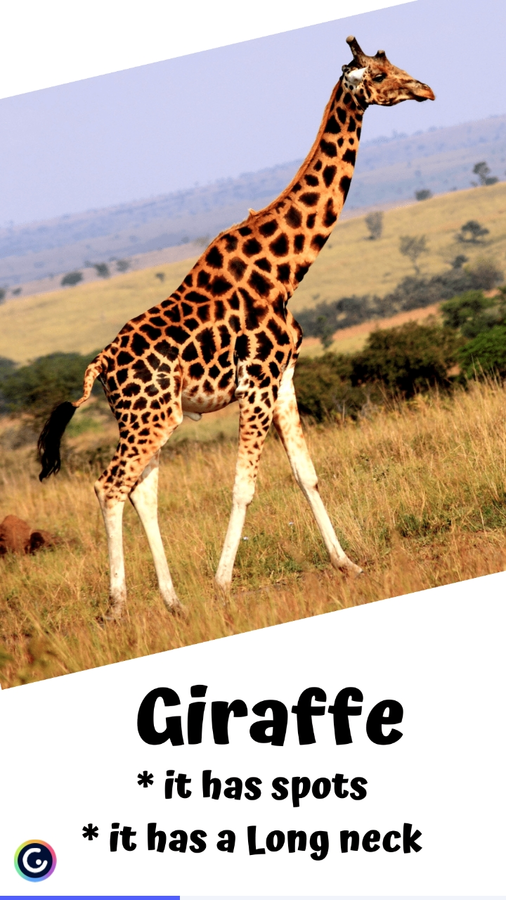

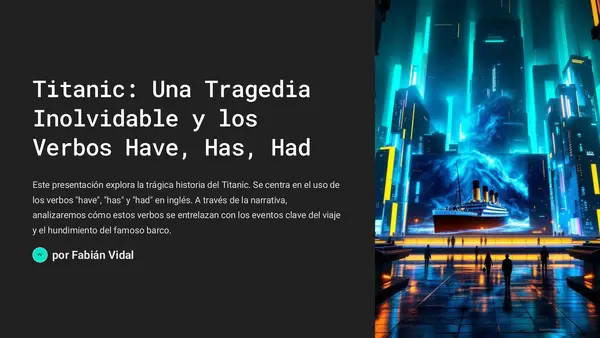
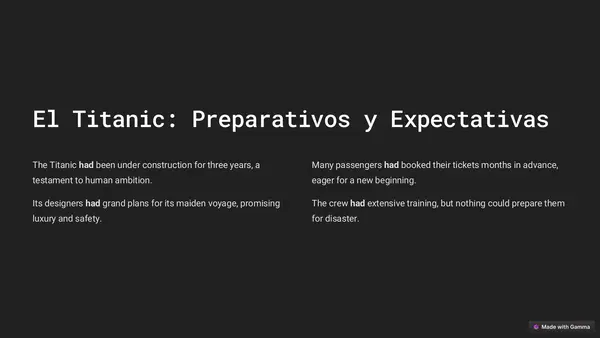
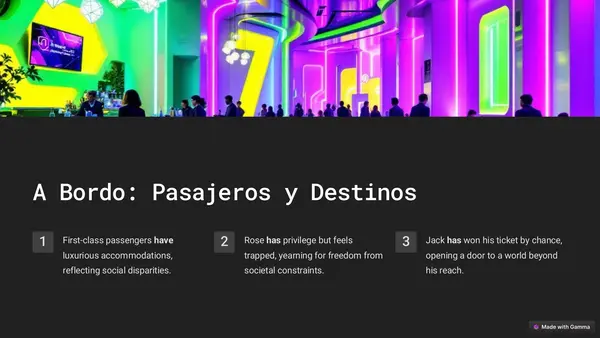
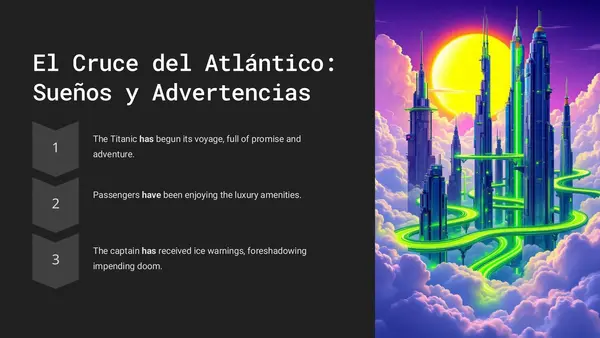
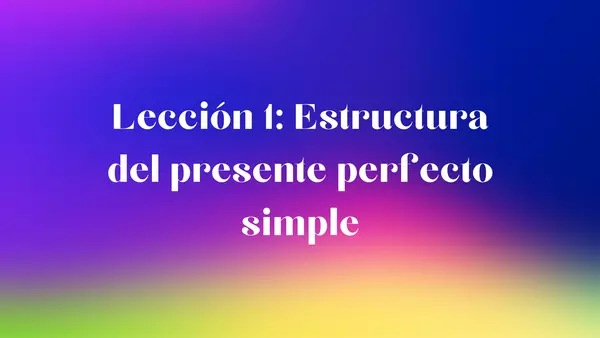
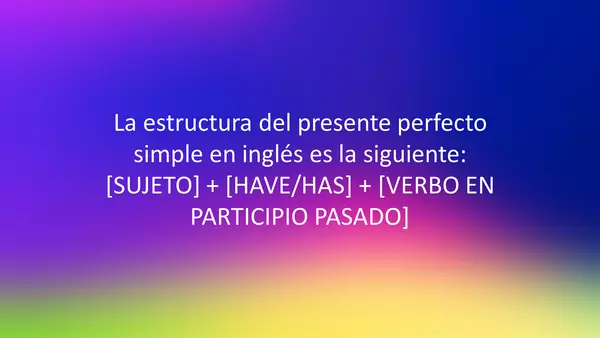
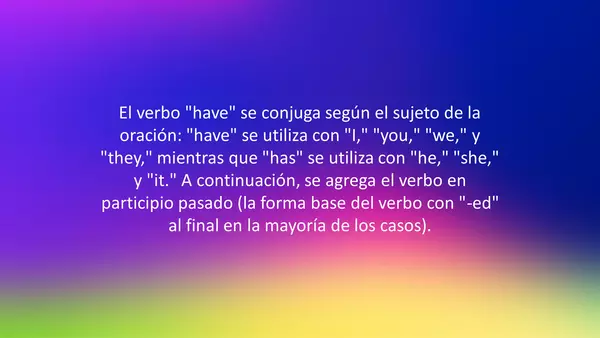

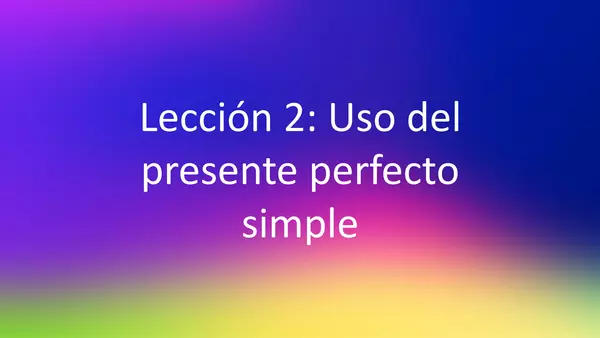
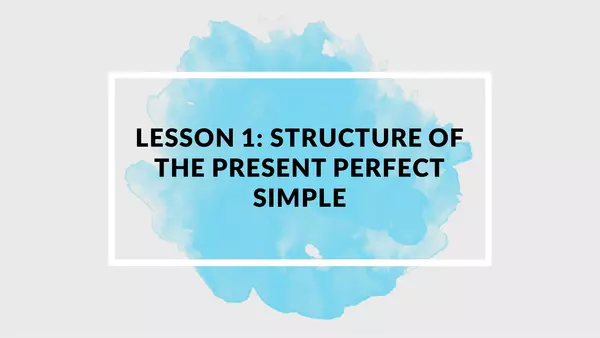
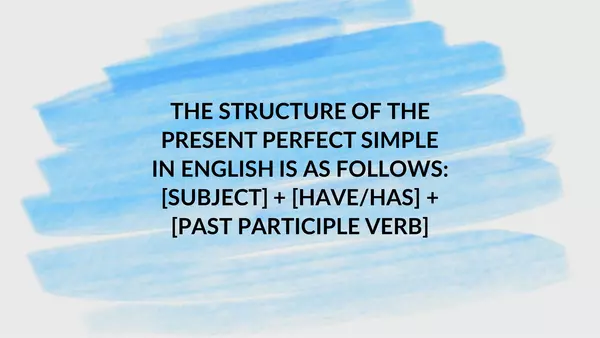
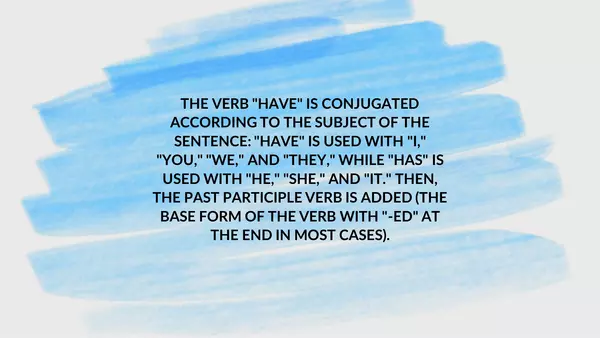
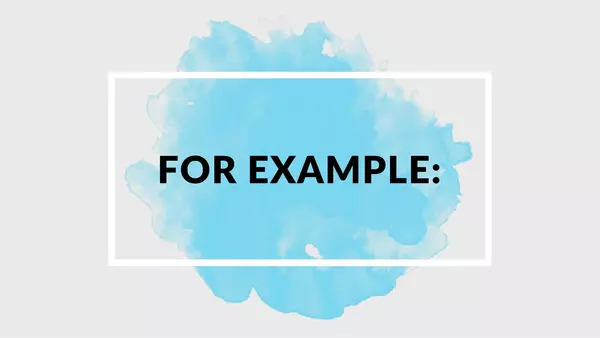
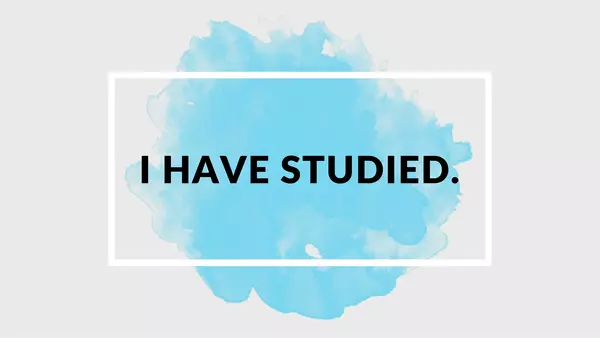
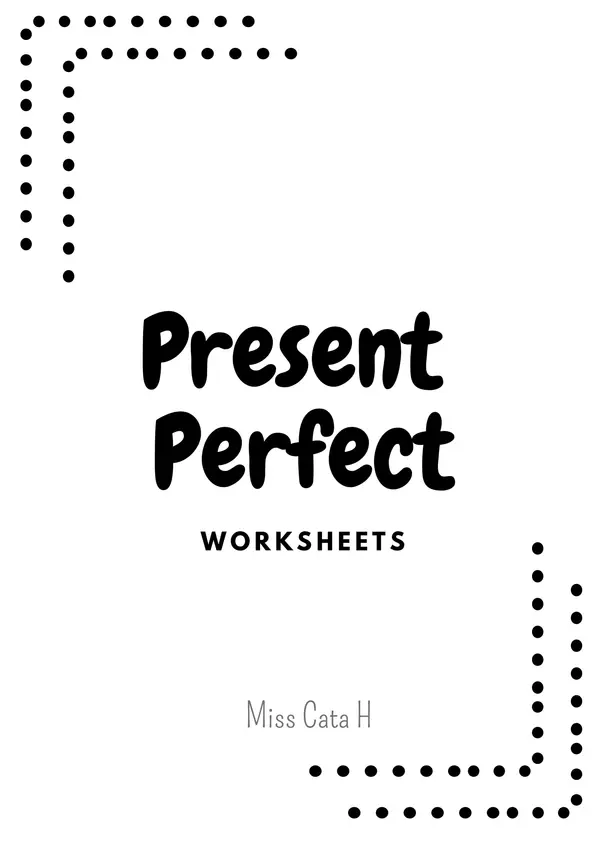
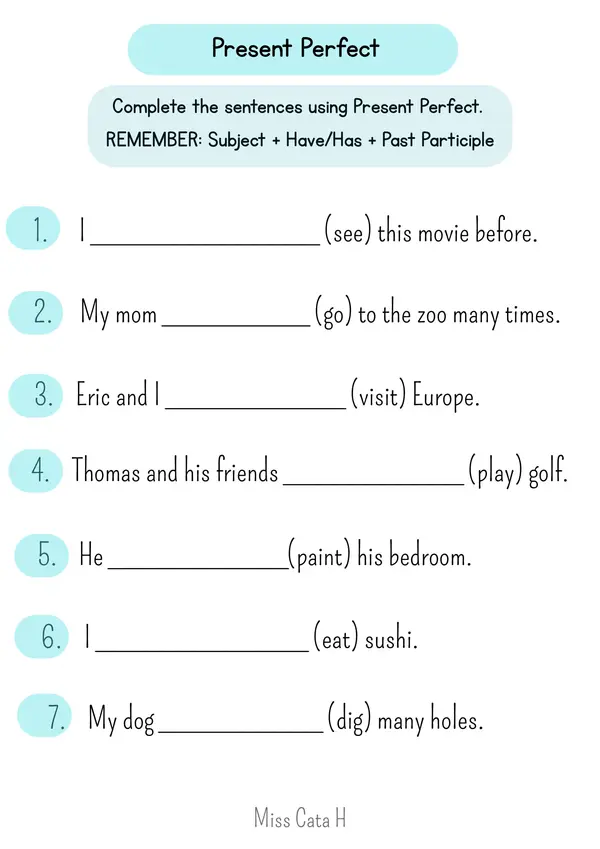
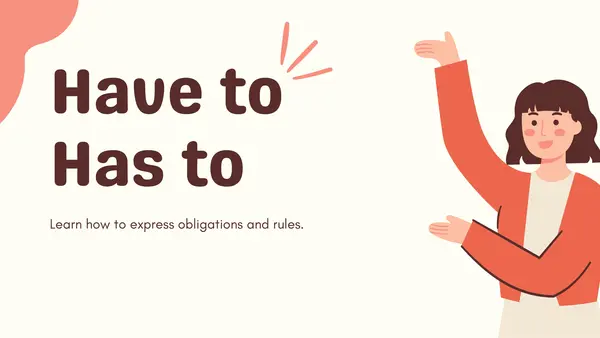
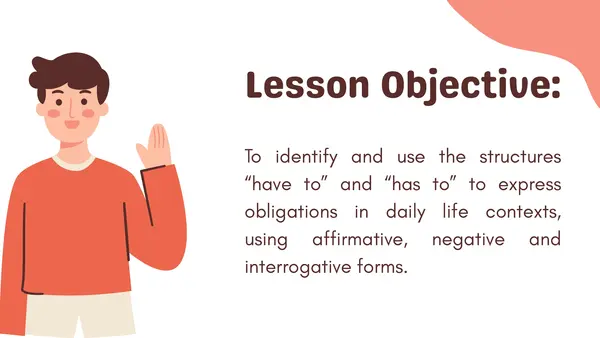
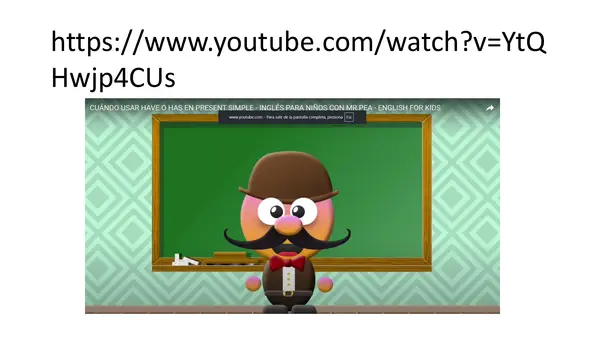
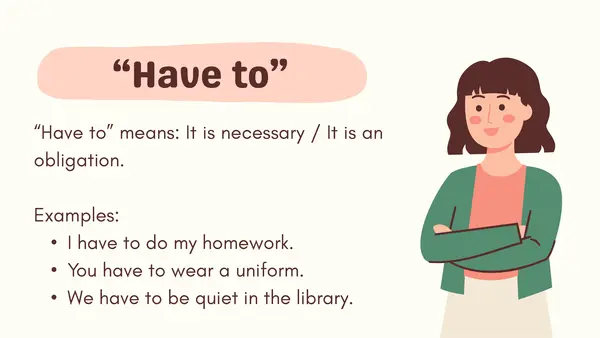
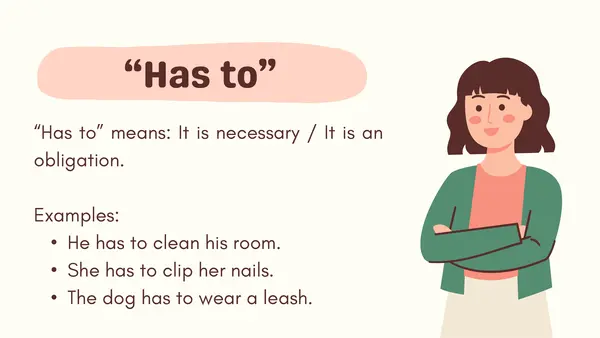
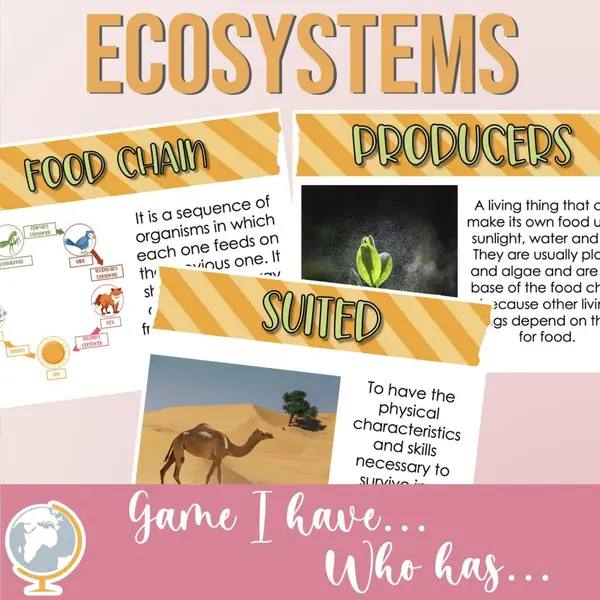
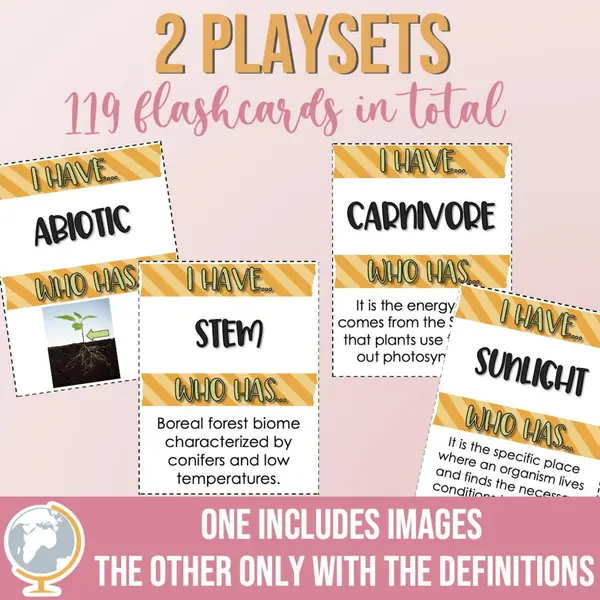
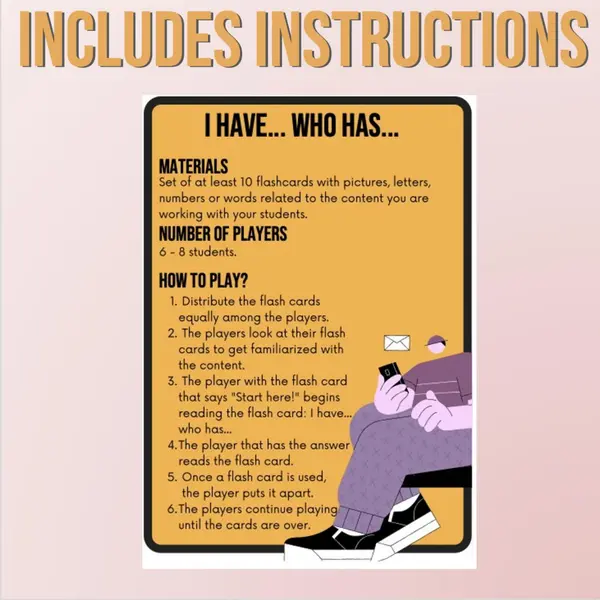
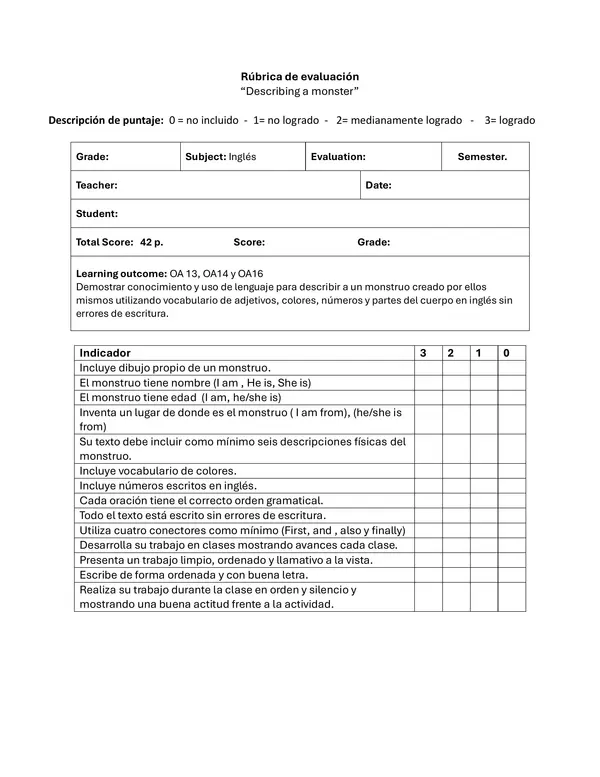
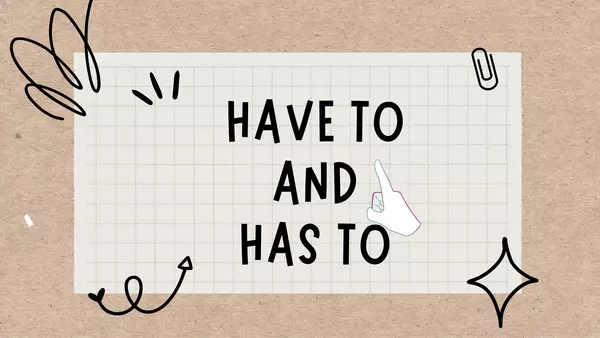
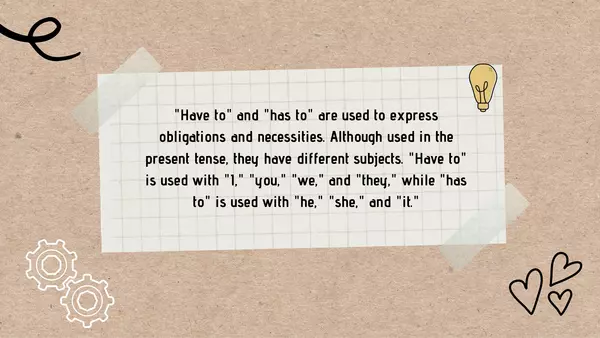
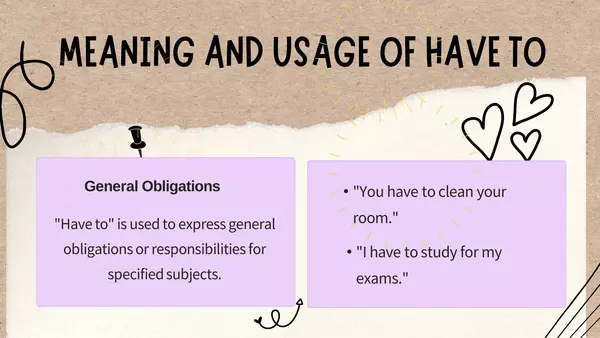
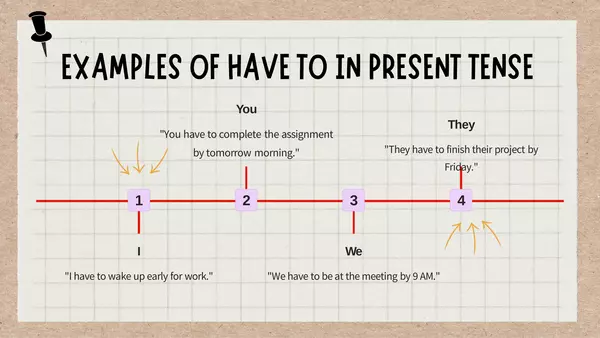
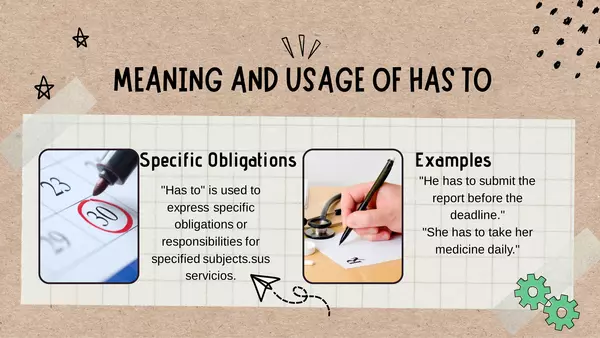
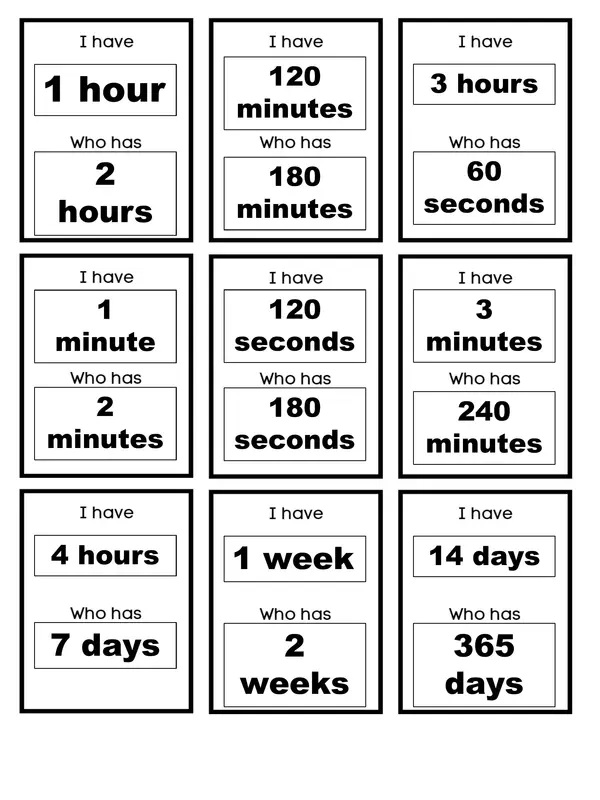
There are no comments yet, write one yourself!